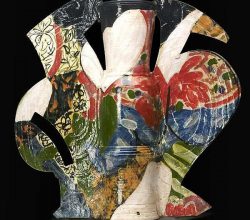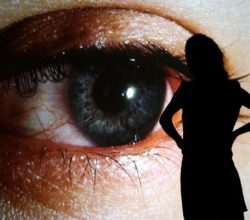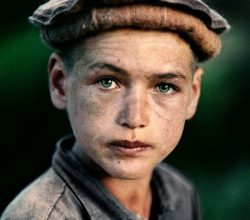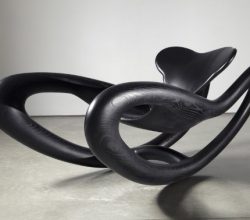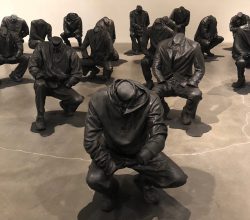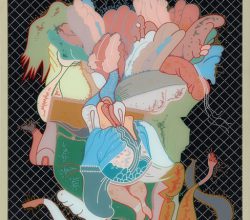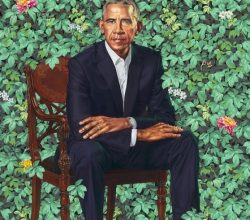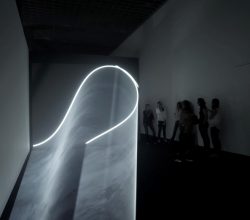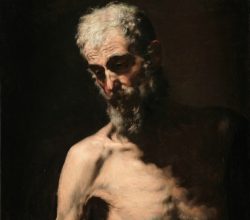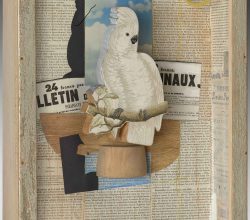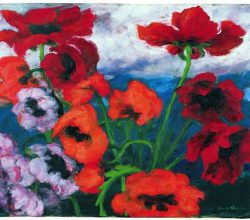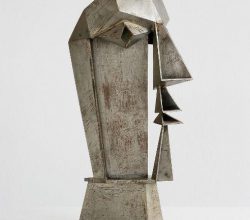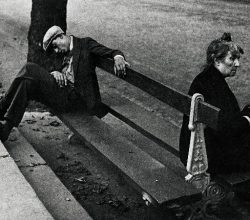
Brassaï, The Photographer of the Paris Night
Staff | Clavoardiendo | 20th February 2018
This “unprecedented” survey probably says nothing new about Brassaï. But then it doesn’t really need to, such is the fame of his images of 1930’s Paris. Acclaim came quickly as Brassaï showed the artistic potential of photography. He described his artistic impulse as seeking to show “a sense of the magic beneath the surface of reality.” More images are here.

